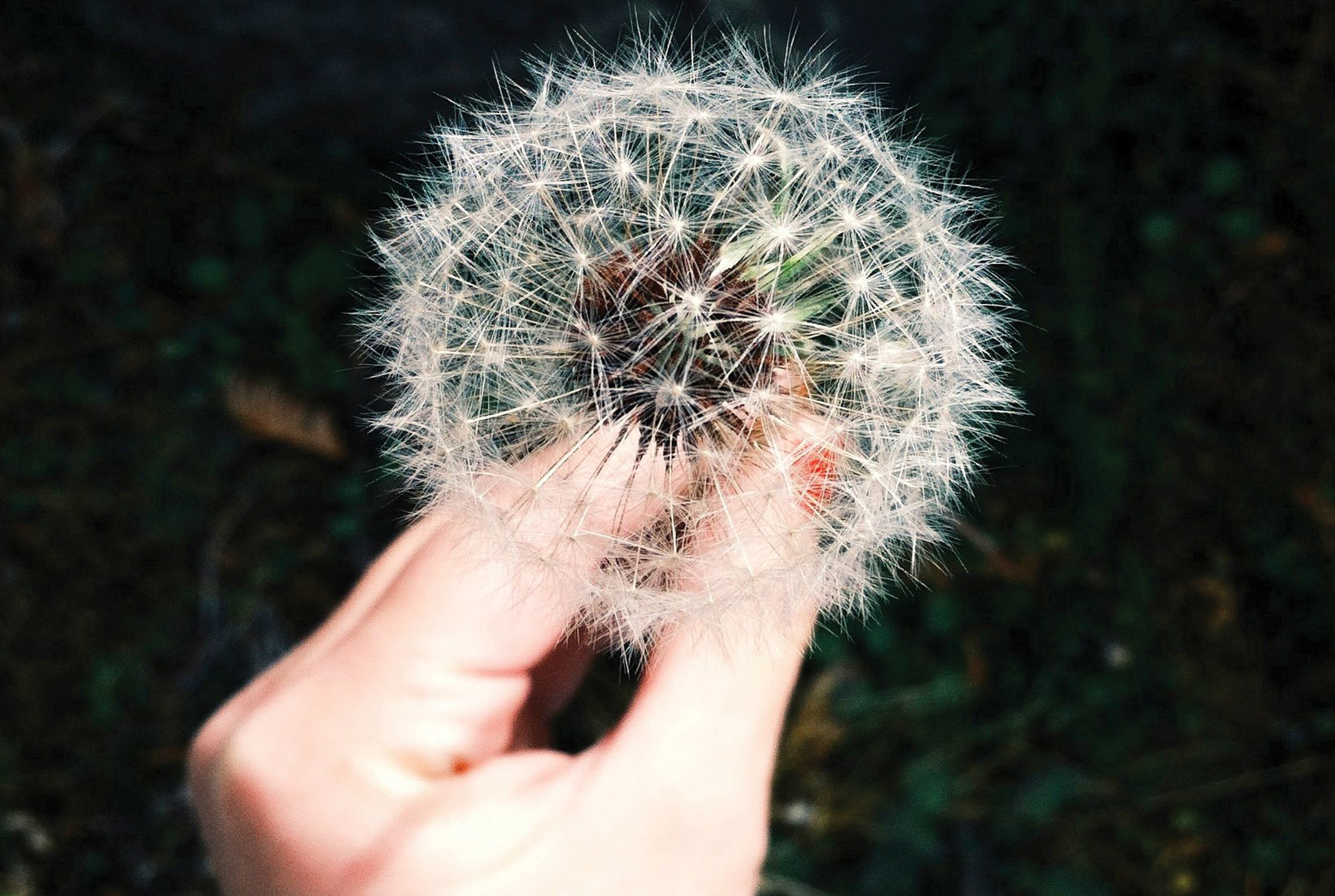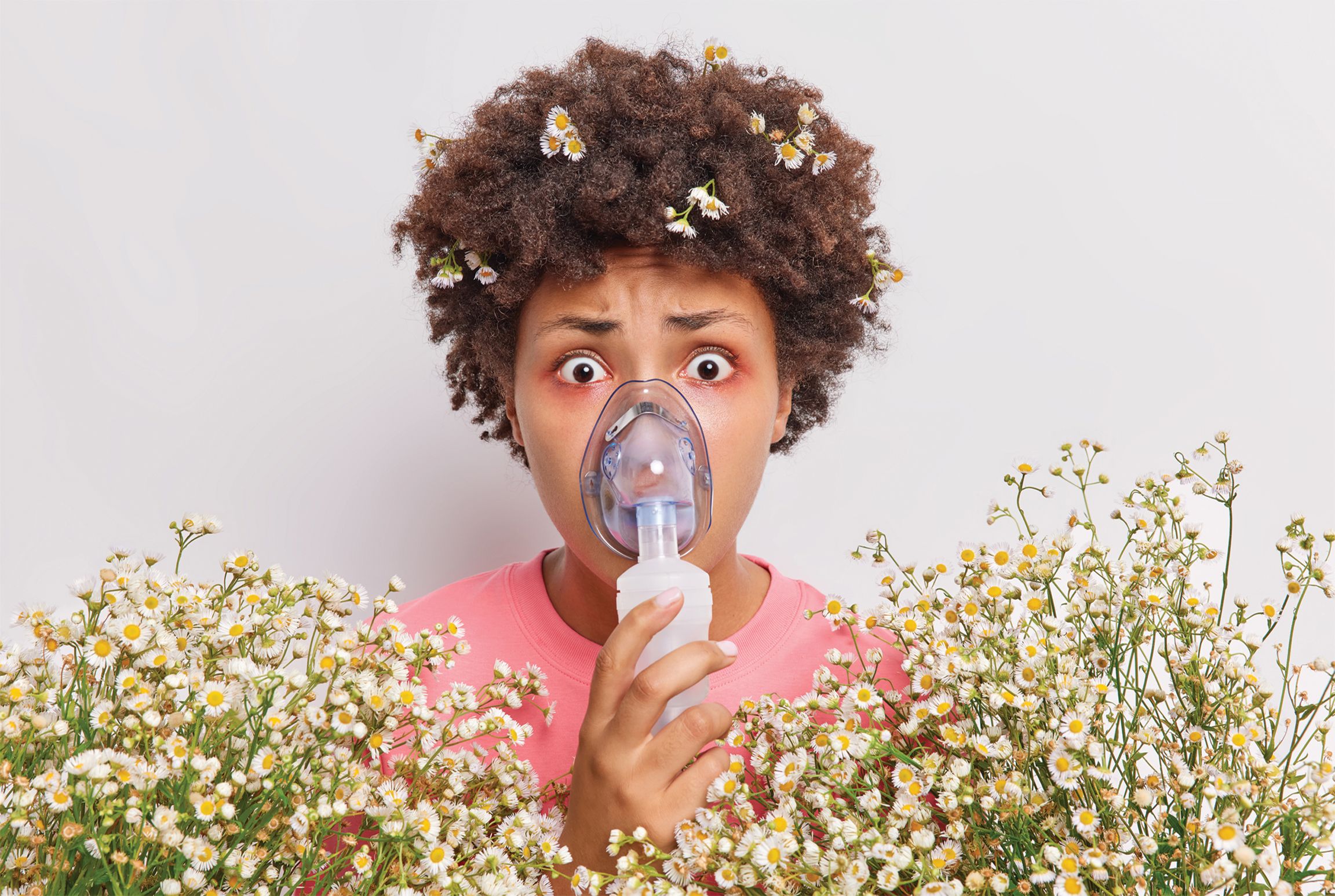Pollen sneeze
Apr 08, 2015

After long and cold winter months, spring brings excitement as we look forward to weekends in nature, walking and playing on the lush grass, and breathing in the fresh air. However, for many of us, spring is also associated with allergy symptoms: watery eyes, redness, a runny nose, sneezing fits, and difficulty breathing – these are the most common symptoms of hay fever.
Allergies – a global problem
Epidemiological studies show that around 20% of the global population suffers from some type of allergy, with allergic rhinitis and allergic asthma being the most common. The number of affected individuals has been steadily rising, especially among children and younger adults, despite the availability of numerous preventive and therapeutic strategies in modern medicine.
Allergic rhinitis – a common but underestimated condition
Allergic rhinitis is a global issue affecting nearly a quarter of the population, with the prevalence among children reaching up to 15%. According to recent data, 500 million people worldwide have allergic rhinitis, 200 million (about 40%) of whom are children. Although it is a common condition with potentially serious consequences, it is often underestimated, both by doctors and patients, leading to inadequate treatment.
Symptoms of allergic rhinitis
The primary symptoms of allergic rhinitis include:
- Sneezing fits
- Itchy nose
- Nasal congestion
- Excessive nasal discharge
- Watery, burning eyes
- Itchy palate

Therapy goals
The goals of allergic rhinitis treatment are to reduce symptoms, improve quality of life, and prevent complications. Treatment options include:
- Preventive measures: Preventing exposure to allergens, which may involve removing allergens from the environment or, in some cases, removing the patient from the allergenic environment.
- Medication: Medications are tailored to each patient based on the severity of the condition, predispositional factors, age, duration of the illness, and other variables. A one-size-fits-all approach is not possible.
- Immunotherapy: Specific sublingual vaccination with various allergens. Numerous studies have shown that repeated administration of low concentrations of allergens can lead to remission, making this the only causal treatment for allergic diseases currently available.
Conclusion
Although not all the secrets of allergies have been uncovered, the fight against them is possible and most often successful.
